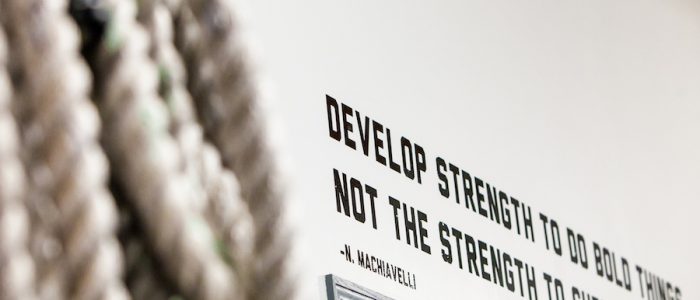
As you can probably imagine, moving a million pounds of total volume in just a month pours on a fair amount of stress. For context, I’ve lifted six times in the past six days, and accumulated more total volume than any of the six-person teams currently doing the challenge at The Movement.
You might think that I’m well on my way to injury, or that I’m doing a lot of pre-hab, correctives, or soft tissue work to stay healthy. But I’m not doing any of that bullshit, and I won’t get hurt.
I’m confident I can keep loading on the volume not because my form is perfect, I’ve done the right warm-ups, or because I’ve dutifully done my corrective exercises.
The reason people get hurt lifting is not because of what and how but what and when.
The exact same movement done the exact same way one day can be the movement that hurts you the next day. Which is why so many injuries seem so random, so sudden, and so unpredictable. Sure we try to explain it after the fact that our form felt off, or it was because of what you did the day before, or whatever. And maybe that is true, or maybe it’s just ex post facto.
The actual reason for most training injuries is that you did something at a time when your body couldn’t handle that stress.
If only you could have known that it was a bad time to do it, you could have avoided it.
But you can.
The core benefit of using biofeedback to test your movements and exercise is a way to filter out the things that your body is responding badly to right now. If you test negatively to a deadlift with just the bar, how do you suppose your body is going to respond when you load double bodyweight onto the bar? Yeah sure you might get away with it in the sense that you don’t become aware of an acute injury, but your stress load and margin for error is going to be right at the very edge.
Over the years I’ve had countless people come back to me and say “David, I really wanted to do frogger thrusters but they didn’t test well so I did them anyway, and that’s when I felt a pop in my back.” I never like hearing these stories, but I’ve heard enough of them that it’s important to note.
Let me state this as plainly as possible:
I have not found a single more effective way to avoid injury than to test all your movement with biofeedback.
No screening strategy, no stretching protocol or system, no corrective exercise model, nothing is even remotely as effective as simply testing all your movement, doing what tests well, and modifying or skipping what doesn’t.
Despite the many, many attempts there is no way to reliably predict if someone is going to get hurt. Movement screens don’t work. But we can know right now, from one moment to the next how you’re actually responding to movement.
Corrective exercise systems fail for the same reason. They’re not reliable or predictive because they assume everyone responds the same way to the correctives. If it’s a “corrective” it’s good for you, right? No, because if it doesn’t test well then it’s just bad movement. On the flip side all movement that tests well is corrective. You know what is a great corrective exercise for posture? A heavy deadlift (that tests well.)
Biofeedback is like my secret weapon when it comes to staying healthy and being able to continue training consistently, even at extreme volumes and frequencies.
If you’re not testing all your movement my only question is, why not?


Leave a Reply
You must be logged in to post a comment.